Muscle cars have long been a symbol of power and performance on the road, attracting enthusiasts who crave speed and style. However, purchasing one of these high-performance vehicles often involves navigating the complex world of auto financing. Buyers need essential information to make informed decisions when financing a muscle car.
Understanding Muscle Car Financing Basics
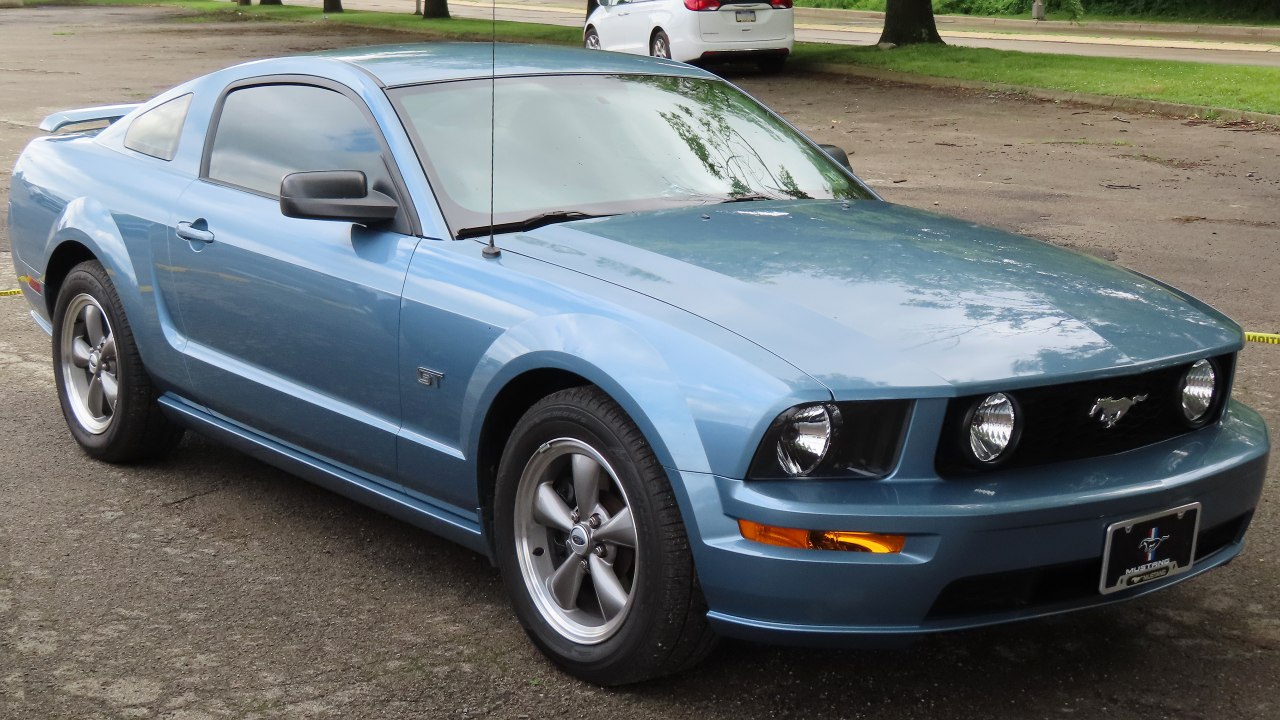
Loan Types and Terms
When financing a muscle car like the 2023 Ford Mustang GT, understanding the available loan types and their terms is crucial. Buyers typically encounter two primary types of loans: secured and unsecured. A secured loan requires collateral, often the car itself, which can offer lower interest rates. In contrast, an unsecured loan doesn’t require collateral but may come with higher interest rates.
Loan terms for muscle cars can vary significantly, with typical durations ranging from 36 to 72 months. Interest rates often depend on market conditions and the borrower’s creditworthiness. For instance, muscle cars might attract slightly higher rates due to their classification as performance vehicles. It’s essential to compare multiple offers to secure the best terms.
Credit Score Impact
Your credit score plays a pivotal role in determining your loan approval and interest rates. A strong credit score can help secure a lower interest rate, reducing the overall cost of financing a 2022 Dodge Charger SRT Hellcat. Conversely, a lower credit score might result in higher rates or even loan denial.
Improving your credit score before applying for a loan can enhance your financing options. Simple steps such as paying down existing debt, making timely bill payments, and checking your credit report for errors can significantly boost your score. These actions can save you money in the long run when financing a high-performance vehicle.
Evaluating Your Financial Situation
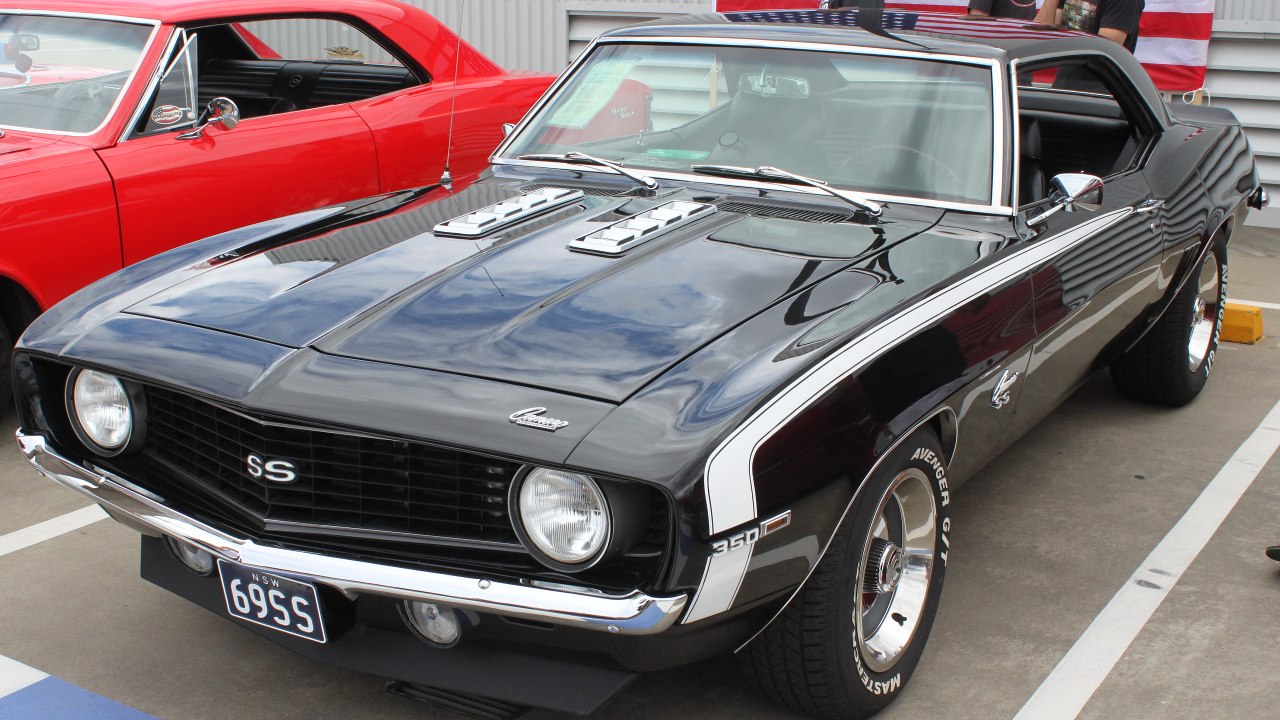
Budgeting for a Muscle Car
Deciding to purchase a muscle car like the 1969 Chevrolet Camaro requires careful budgeting. Start by determining an affordable price range by considering factors such as the down payment and monthly payments. Experts recommend a down payment of at least 20% of the car’s price to minimize interest costs over the loan term.
In addition to the purchase price, consider other expenses like insurance, maintenance, and fuel. Muscle cars are known for their powerful engines, which can lead to higher fuel consumption. For instance, maintaining a classic like the 1970 Plymouth Barracuda might also involve unique parts and specialized services, adding to the overall cost of ownership.
Pre-Approval Benefits
Obtaining pre-approval for a loan offers several advantages when buying a muscle car. It provides a clear understanding of your budget, allowing you to shop confidently for models like the 2024 Chevrolet Corvette Z06. Pre-approval can also streamline the purchasing process by showing sellers that you are a serious buyer.
The process of getting pre-approved involves submitting financial information to the lender, including income, debts, and credit history. Meeting these requirements can help you secure better terms and rates, giving you more negotiating power when finalizing the purchase.
Dealer vs. Bank Financing

Pros and Cons of Dealer Financing
Dealer financing can offer the convenience of handling everything in one place, especially if the dealership offers promotional incentives on models like the 2025 Dodge Charger. These incentives might include lower interest rates or cash rebates, making the overall deal more attractive.
However, it’s important to be cautious of potential drawbacks, such as higher interest rates compared to other lenders. Dealer financing might also come with less flexibility in terms of the loan structure. Always compare the dealer’s offer with those from other financial institutions to ensure you’re getting the best deal.
Bank and Credit Union Options
Financing through a bank or credit union often provides better rates and terms than dealer financing. Institutions like credit unions are member-focused and might offer more competitive interest rates for a 2021 Ford Mustang Mach 1. Additionally, banks and credit unions can provide more flexible loan terms and payment options.
It’s crucial to compare offers from multiple lenders to find the most favorable terms for your situation. Tools like online loan comparison websites can simplify this process, ensuring you don’t miss out on the best deals available.
Special Considerations for Classic Muscle Cars
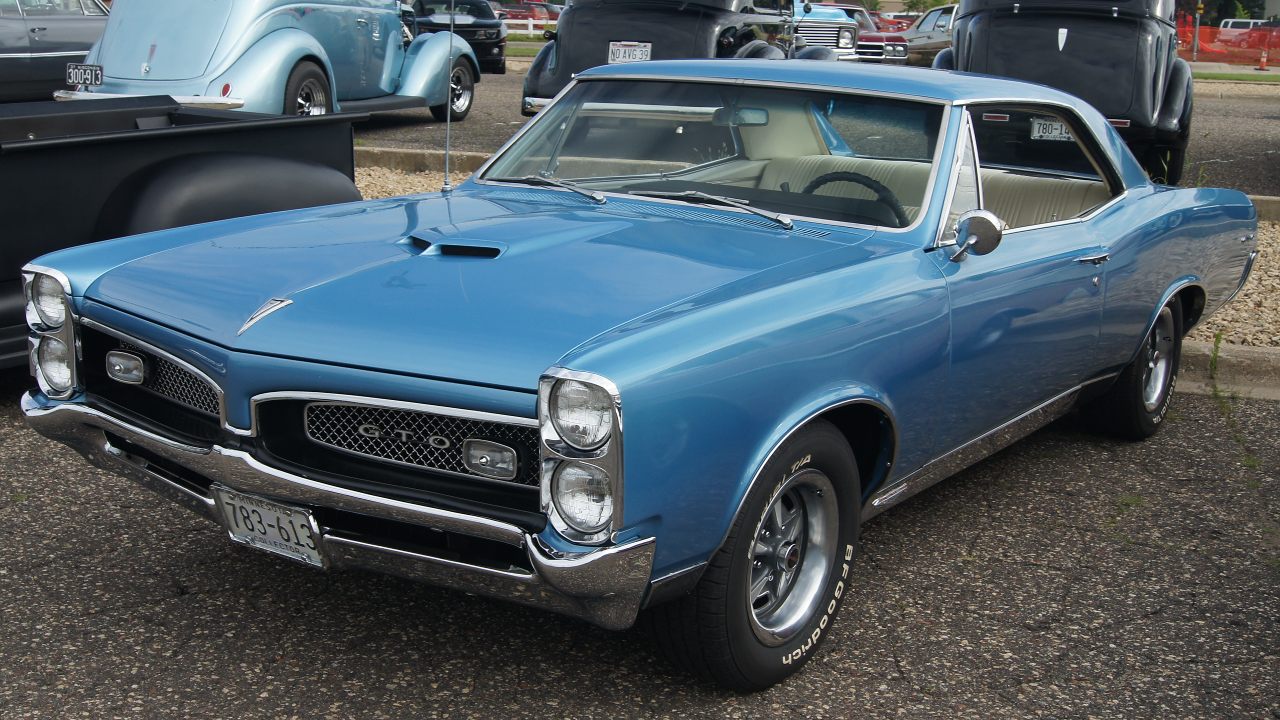
Appraisal and Valuation
For classic muscle cars such as the 1967 Pontiac GTO, professional appraisals are vital to determine the vehicle’s true value. The appraisal process assesses the car’s condition, rarity, and market demand, all of which influence the financing options available to you.
Understanding the appraised value is crucial since it can impact the loan amount you’re eligible for. Most lenders will only finance a percentage of the car’s appraised value, making it important to have an accurate valuation to ensure you can cover the purchase cost.
Insurance Requirements
Classic muscle cars often require specialized insurance coverage due to their unique nature and value. Providers like Hagerty offer policies tailored to classic cars, ensuring adequate protection for models like the 1971 Dodge Challenger.
These policies might include agreed value coverage, which guarantees a payout based on the car’s appraised value rather than its depreciated market value. Understanding these insurance requirements and options can help protect your investment in a classic muscle car.
Negotiating the Best Deal
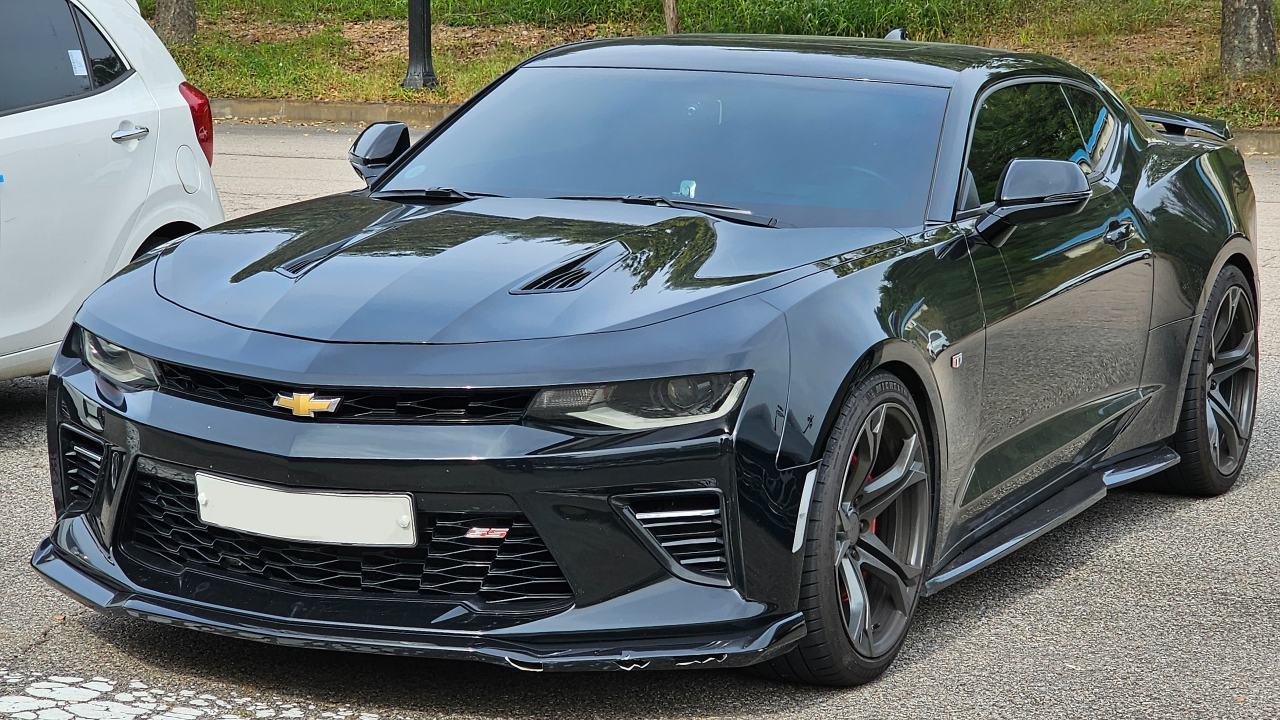
Interest Rate Negotiation Tactics
Securing the lowest possible interest rate is a key aspect of financing a muscle car. Strategies such as improving your credit score, obtaining pre-approval, and leveraging competing offers can help in negotiations. For instance, if you’re interested in a 2024 Chevrolet Camaro, approaching lenders with a strong credit profile and pre-approved loan terms can give you an advantage.
Don’t hesitate to negotiate with lenders to reduce the interest rate further. Demonstrating good credit behavior and presenting competitive offers from other institutions can encourage lenders to offer better terms.
Understanding Loan Terms and Conditions
Before finalizing any loan agreement, it’s crucial to thoroughly understand the terms and conditions. Key elements to watch for include prepayment penalties, variable interest rates, and hidden fees. Carefully reading the fine print can prevent unexpected costs down the line.
By fully understanding the loan terms, you’ll be better equipped to make informed decisions and ensure that the financing arrangement aligns with your financial goals. Taking the time to review and comprehend these details can lead to a more satisfying muscle car ownership experience.
Like Fast Lane Only’s content? Be sure to follow us.
Here’s more from us:
*Created with AI assistance and editor review.

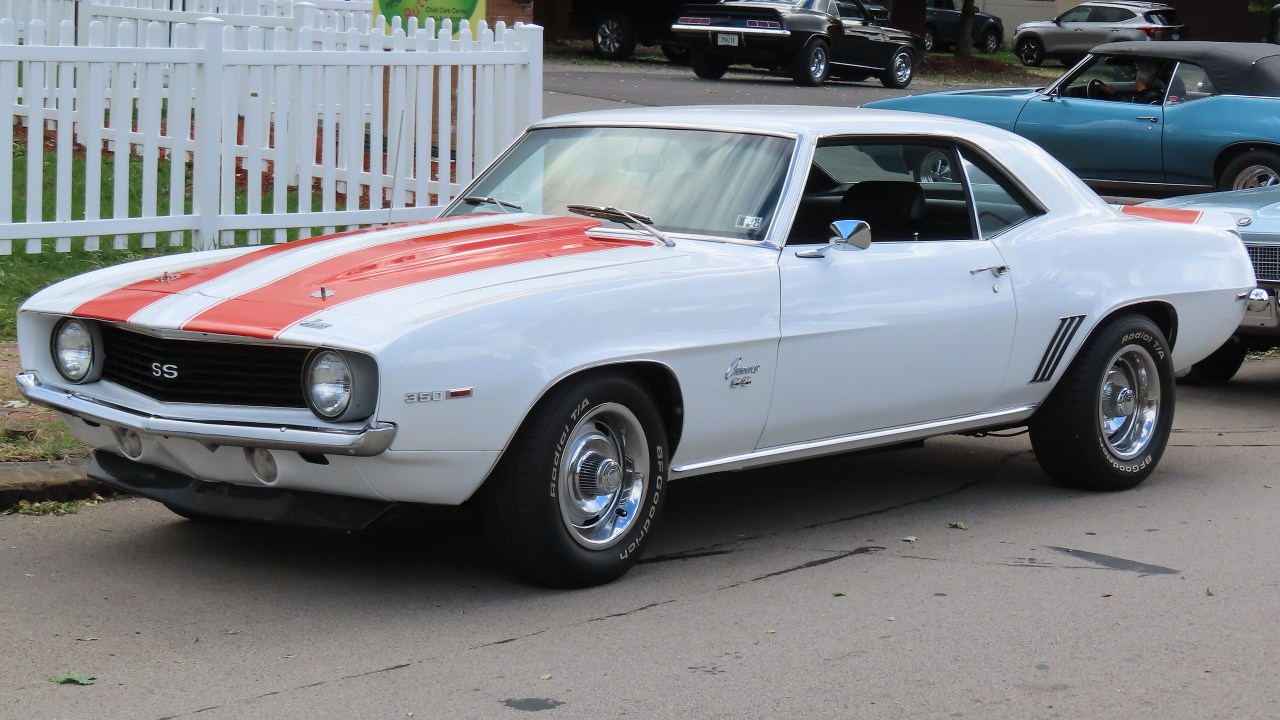



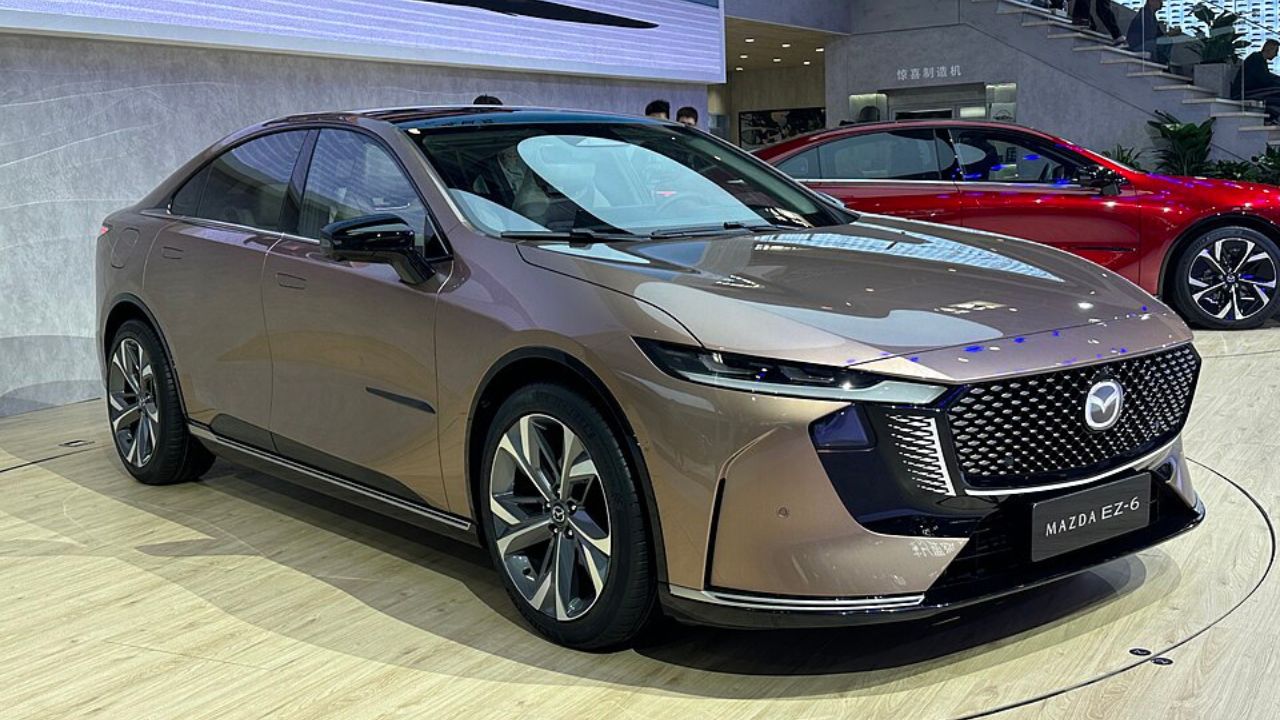
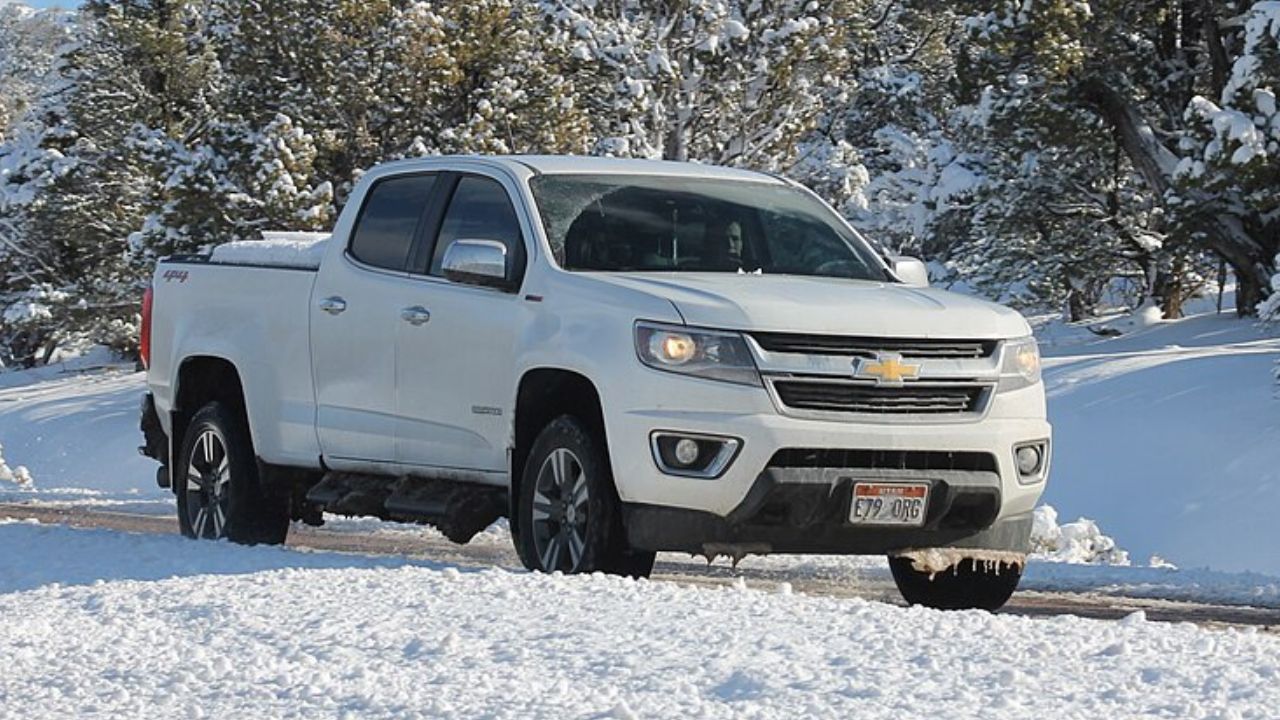
Leave a Reply